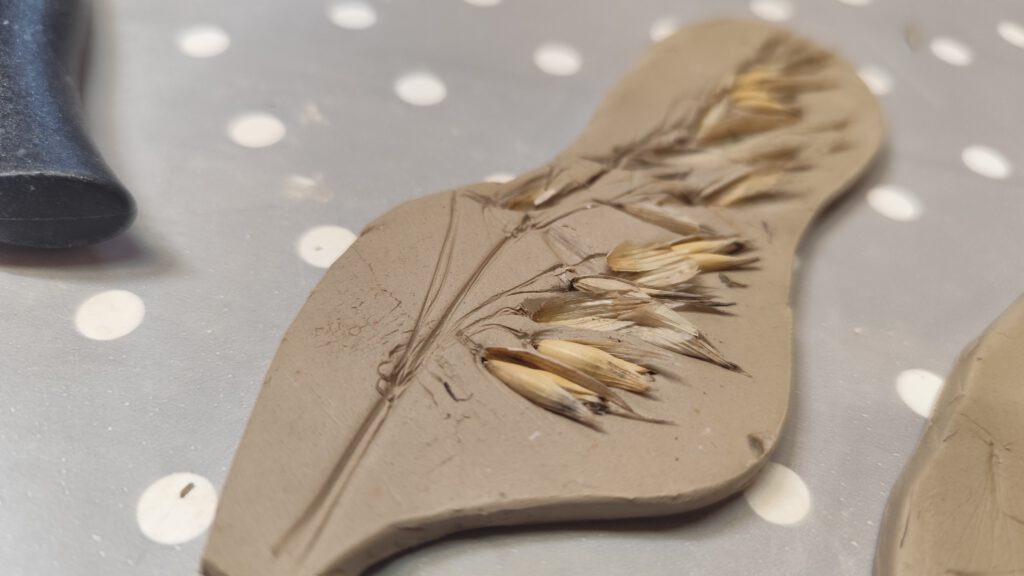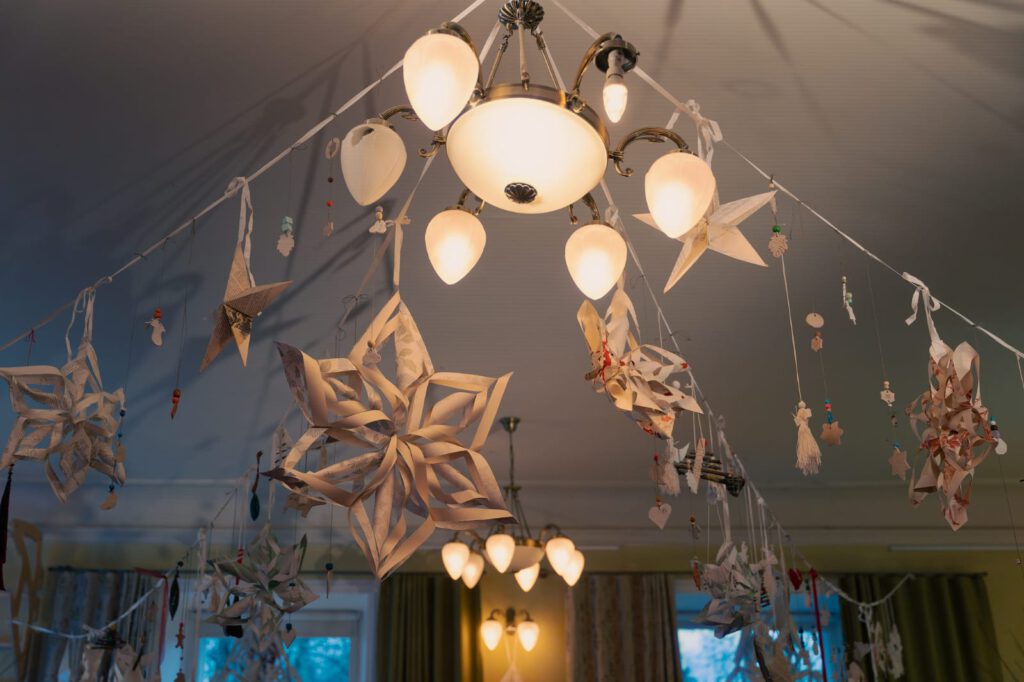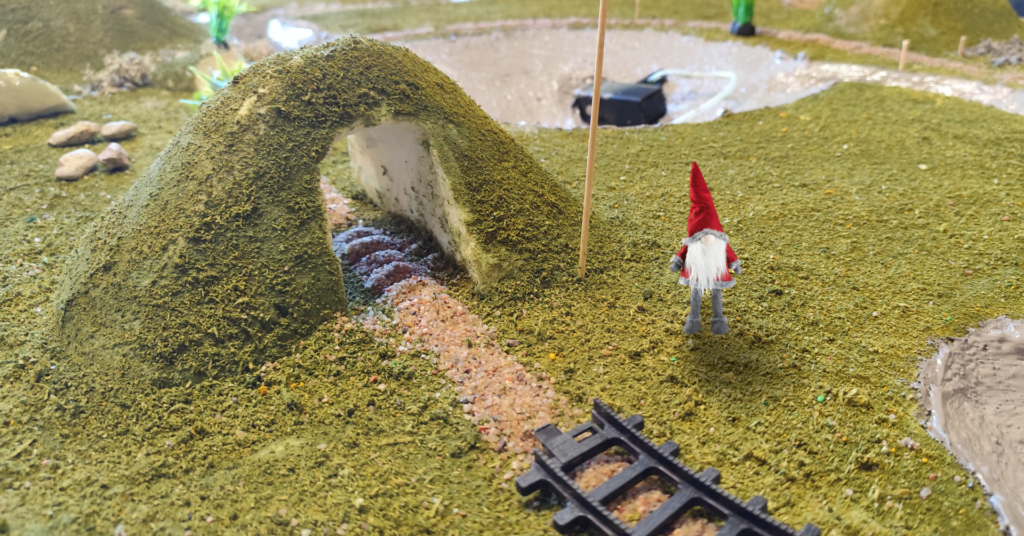Etruscan Jewellery Part III (ITALY)
The third meeting of the Erasmus Plus HAND! project, held at the Albero della Tuscia Libertarian School in Farnese (VT), guided children to discover another fascinating artifact of Etruscan goldsmithing: earrings. This jewelry, beloved and worn by Etruscan women, came in different forms, from large plaque earrings, which could reach 7 cm in diameter, to pendants embellished with stones and fine details.After a historical introduction on the types of earrings used by the Etruscans, the children chose to make a pendant model, inspired by ancient jewelry but reinterpreted with a personal touch. For the workmanship, the technique of embossing on copper sheets was used, through which the spiral symbol was engraved. This motif recurs frequently in Etruscan art and symbolizes the continuous cycle of life, growth, transformation and the connection between the earthly and spiritual worlds.After transferring the design to the metal plate, the children engraved the spirals using burins and embossing tools, working carefully to achieve a well-defined relief. The resulting plaque was then personalized by adding a stone of their choice, inspired by the Etruscan custom of embellishing jewelry with precious and colorful materials. To ensure safety and comfort, a thin layer of hot glue was applied to the back, which softened the reliefs and covered any sharp edges. Next, through the use of jewelry pliers, the children assembled their earring, inserting the linking rings and completing it with the monachella, the hook that allows it to be worn.This workshop, too, offered children an immersive, hands-on experience, allowing them to explore Etruscan culture through craftsmanship and art. Working with metal, engraving ancient symbols and assembling a real piece of jewelry turned history into a hands-on experience, leaving them with not only an object to wear, but also an awareness of the artistic and symbolic value of jewelry from the past.
Etruscan Jewellery Part III (ITALY) Read More »










